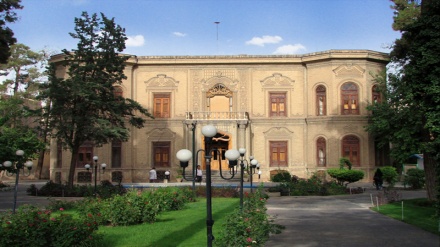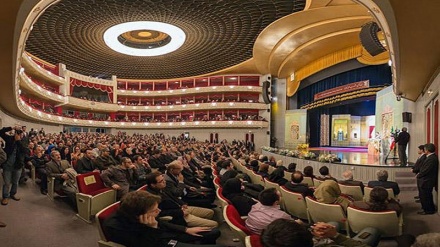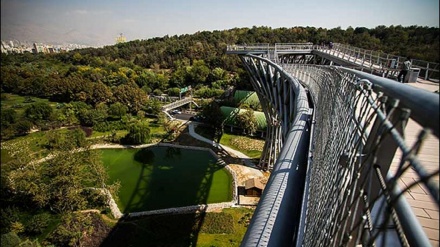Iran Your Attractive Destination (220)
Welcome to the final weekly episode of the series Iran Your Attractive Destination. Today, we introduce “Si-e Tir” Street.
In the final episode of this series, we found it appropriate to introduce one of the most popular and ancient streets of Tehran, named Si-e Tir. This street, in addition to accommodating ancient houses and valuable museums, has housed the religious sites of all of Iran’s official religions, namely Islam, Christianity, Judaism, and Zoroastrianism. In other words, this street is a vivid manifestation of the peaceful coexistence of the followers of all religions in Iran.
Tehran is full of districts which are attributed to different religions or foreigners, who reside in Tehran. Among these districts, one of the streets of Tehran has accommodated a variety of interests. In this street, the religious minorities, including Zoroastrians, Jews, and Armenians live next to Muslims; each of whom has their own religious sites. Moreover, venues such as the schools of Zoroastrians and Armenians, in addition to businesses of these religious minorities have added to the attractions of this street.
In fact, Si-e Tir Street is popularly known as the venue of the followers of different religions; because of the mosques, churches, and synagogues located in this street.
The first museum of Iran is located at the intersection of “Si-e Tir” and “Imam Khomeini” Streets. This museum is referred to as Iran-e Bastan Museum. Next to this museum, a building is observed which maintains a highly similar architectural style to that of Iran-e Bastan Museum. This building is in fact the first site of Iran’s National Library. As a reminder, you were informed about this museum and library in previous episodes. If we walk further north in this street, we observe a tall building in the left hand side, which is known as Sina Hospital. It is the first established hospital in Tehran. During the rule of Qajarid King, Naser Ed-Din Shah, this district was situated in northern Tehran.
Further up, a Protestant church is observed, which was constructed 150 years ago. This church maintains a very simple architectural style. Its construction dates back to Qajarid era and is currently a place of worship for Protestant Christians. This church is located in a large courtyard, which is highly attractive and eye-catching. This church was registered as one of Iran’s monuments in the year 2000 AD.
Hayyam Synagogue is also situated in this street. It was constructed in the year 1913 AD, prior to the break out of World War I, concurrent with the warning years of rule of Qajarid Dynasty.
This street also accommodates Aabgineh Museum which was introduced in previous weeks. Meanwhile, on the right hand side of this street, next to this museum, Hazrat Ibrahim Mosque has been constructed. The name of this mosque is highly symbolic, given that Prophet Abraham has been known as the epitome of monotheistic religions.
A Zoroastrian Temple is situated in nearby “Mirza Kouchak Khan” Street. Next to this Zoroastrian Temple, “Firouz Bahram” School is situated for the education of Zoroastrian youths. Moreover, behind this temple, a hall is situated for the marriage and mourning ceremonies of Zoroastrians.
This Zoroastrian temple is a relatively small building. This Zoroastrian Temple was constructed in the year 1917 by an influential Zoroastrian.
Hazrat Maryam Church is situated in front of this Zoroastrian Temple. This church was constructed in the year 1945. Its architectural style resembles that of Armenian, Caucasian, and Azeri churches. It is one of the most important churches of Armenians in Tehran. The altar of this church is silver plated. Next to this church, there is a museum which houses the works of art belonging to Armenians, who reside in Iran, including their paintings or statues.
This museum also displays portraits of prominent Armenian religious figures. Another part of this museum depicts the valuable heritage of Armenians in Iran, including handwritten books and a number of valuable and precious chairs. This museum also has a collection of data on all of Iran’s historical churches. Iran accommodates the highest number of historical churches in the world. In fact, overall, 400 historical churches are situated in Iran, which exceeds the number of historical churches located in Italy.
Hazrat Maryam Church was registered among Iran’s historical monuments in the year 2002.
MR/SS


